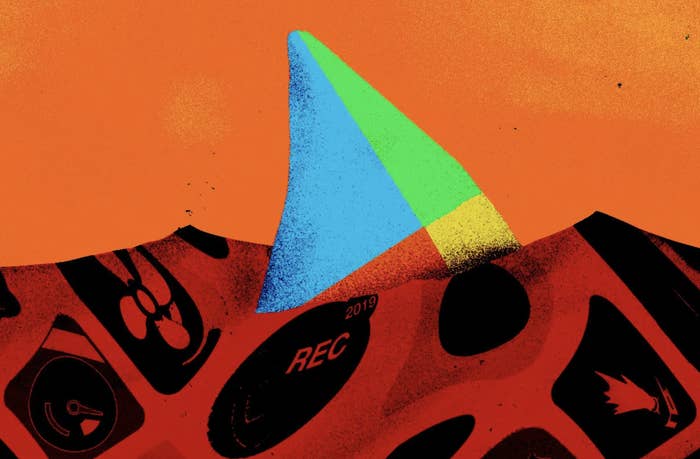
Google has removed close to 600 Android apps and banned their developers from the Play store and its ad networks as part of a massive crackdown on ad fraud and “disruptive” mobile ads.
One of the biggest developers banned from the Play store and Google’s ad networks was Cheetah Mobile, a publicly traded Chinese company that BuzzFeed News revealed in November 2018 had been engaging in ad fraud. The following December, Google removed one of the offending apps but allowed Cheetah to continue offering other apps in the Play store. As of this morning, Cheetah’s entire suite of roughly 45 apps in the Play store was removed, and the apps no longer offer advertising inventory for sale in Google’s ad networks.
Per Bjorke, Google’s senior product manager for ad traffic quality, told BuzzFeed News the removed apps, which had been installed more than 4.5 billion times, primarily targeted English-speaking users and were mainly from developers based in China, Hong Kong, Singapore, and India. He declined to name specific apps or developers but said many of the banned apps were utilities or games. Google published a blog post today with details about the removals.
Last year, Google banned another publicly traded Chinese developer, CooTek. This took place after BuzzFeed News and a security company provided evidence that CooTek had bombarded users with disruptive ads even after telling Google it had stopped.
The tech giant’s disruptive ads policy forbids developers from displaying ads when their app is not in use, and from displaying ads in a way that “results in inadvertent clicks.” Bjorke said one example is an app that shows a full-screen ad when a user is trying to make a phone call.
“This is an invasive maneuver resulting in poor user experiences that disrupt key device functions like phone calls and GPS, causes inadvertent ad clicks, and wasted [money] for advertisers,” Bjorke said.
He added that Google deployed new technology late last year to automatically detect if apps were displaying ads when they were not in use. This change helped identify the offending apps and developers, which led to today’s bans at the end of a long-term process.
“We give them a notice and a warning [the first time it’s detected] and allow them to correct the problem,” Bjorke said. “And if it’s a repeat offense, then it will gradually be a stronger reaction.”
He said although some of the offending apps and developers used similar techniques to display disruptive ads and avoid detection, it was not clear if they were working together: “There are certainly indications that they're using similar practices. Whether they are coordinated or not, we did not know for sure.”
Google has begun to refund brands whose ads were displayed in disruptive ways. “We can confirm that we have identified affected advertisers and refunded the majority thus far,” Bjorke said.
